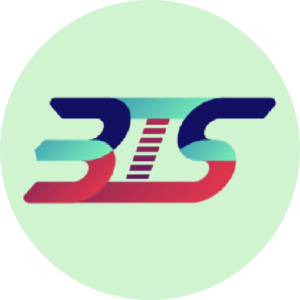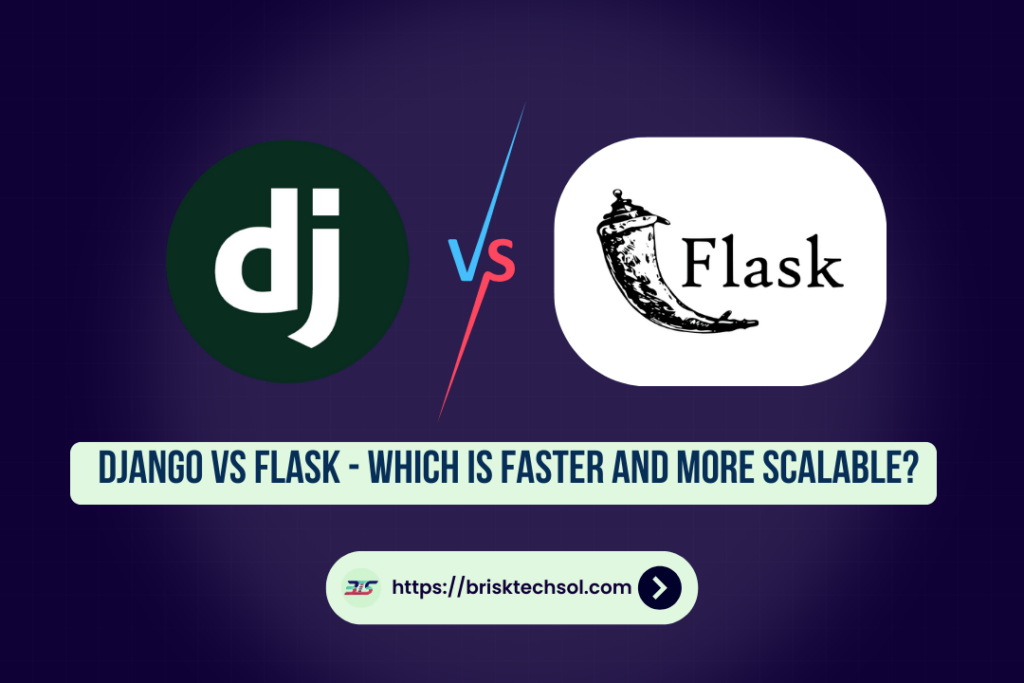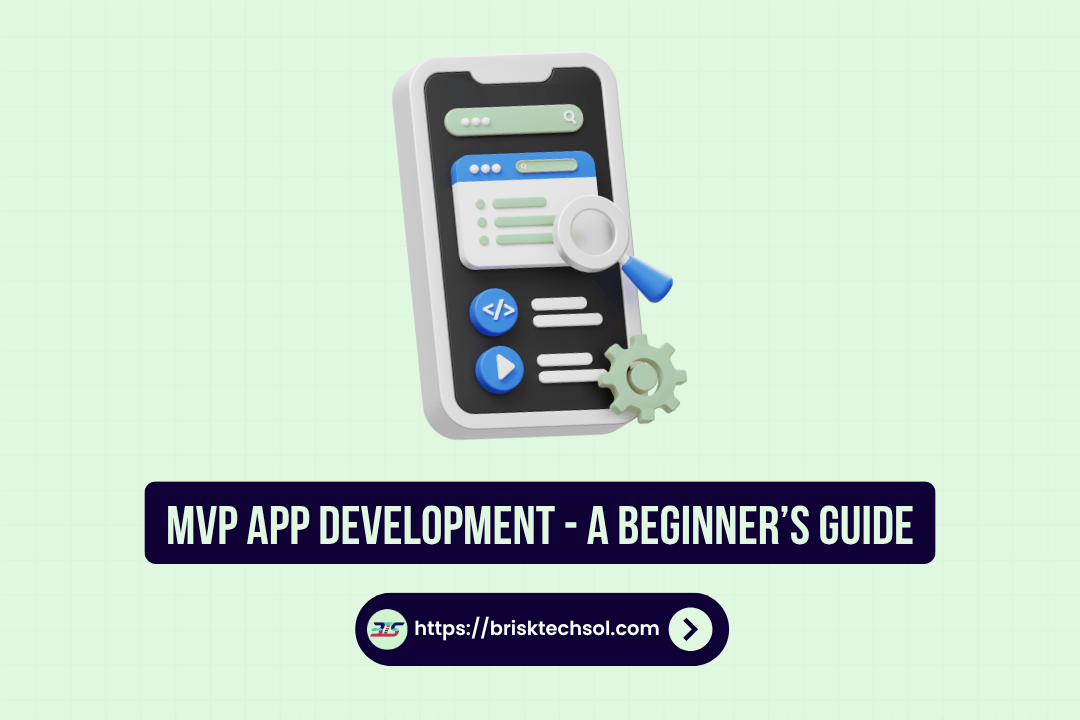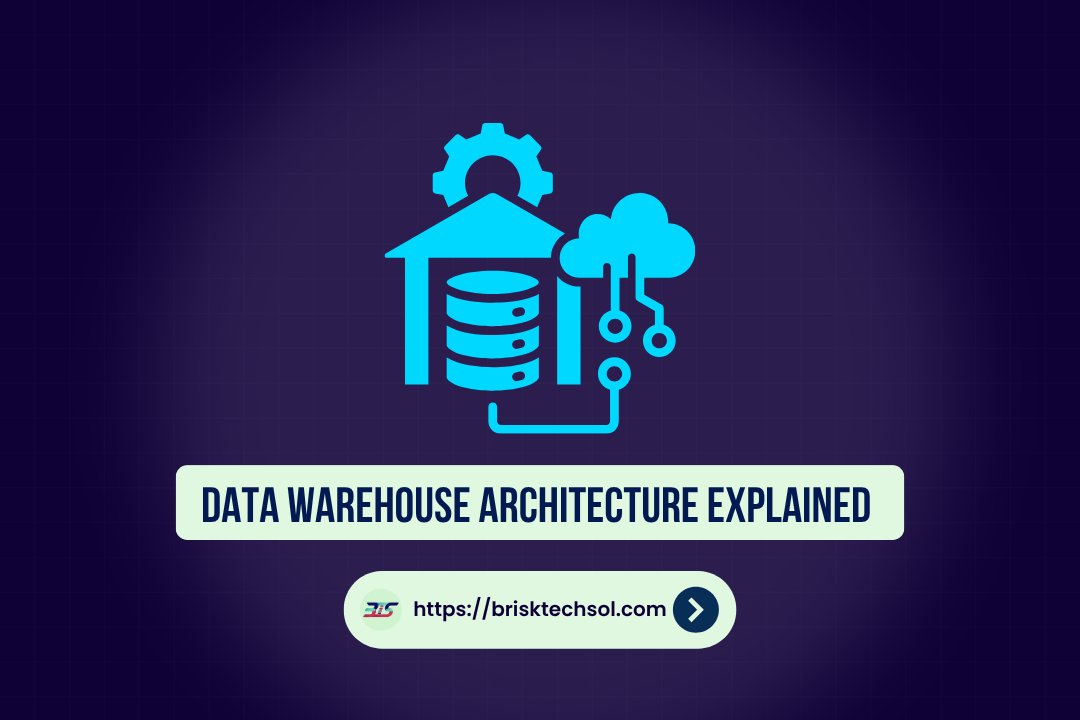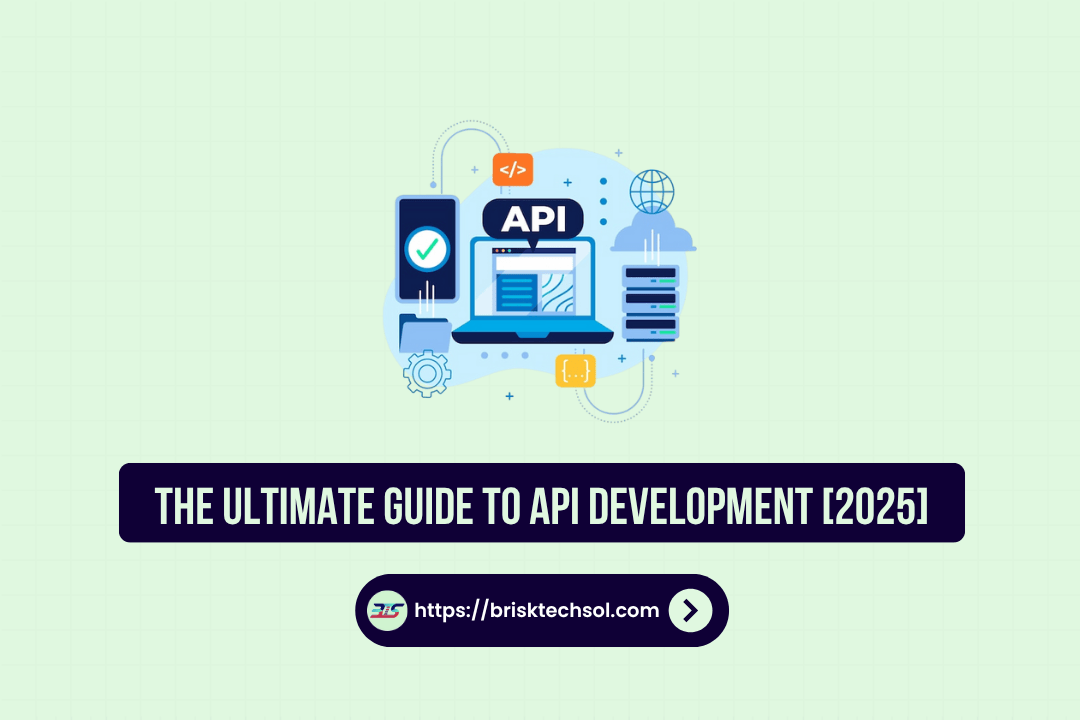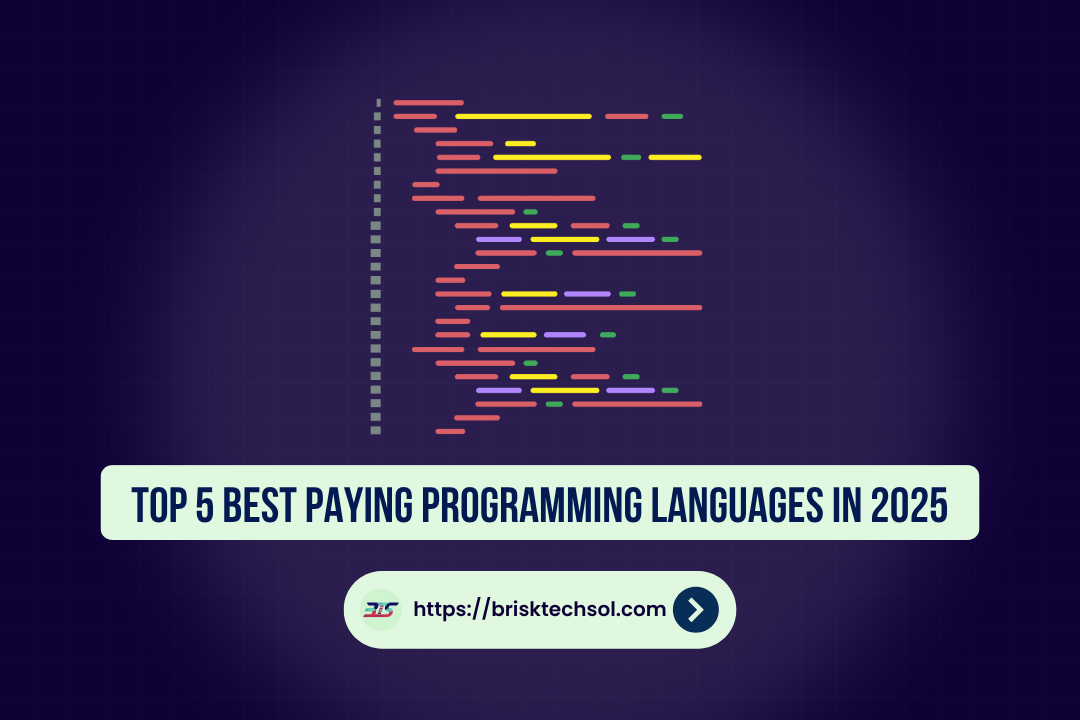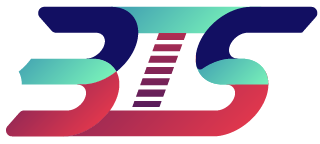In the web development environment, choosing the right Python framework is crucial. This article offers a comprehensive comparison of Django and Flask evaluating their pros, cons, performance, scalability, and use cases. Whether you’re a beginner developer, read on to discover which framework aligns best with your project needs.
What is Django?
Django is a high-level Python web framework that encourages rapid development and clean, pragmatic design. Initially released in 2005, Django was designed to handle high-traffic websites and complex data-driven applications. Its “batteries-included” philosophy means that many essential features are built into the framework. Django comes with an ORM (Object-Relational Mapping), a robust templating engine, a comprehensive admin interface, and built-in security features. These attributes make it an attractive choice for developers looking for an all-in-one solution. Major websites, including Instagram and Pinterest, have harnessed Django’s capabilities to build scalable and secure platforms.
What is Flask?
Flask is a lightweight microframework for Python, first released in 2010. Unlike Django, Flask is designed with simplicity and flexibility in mind, providing only the core features needed for web development. This minimalistic approach allows developers to choose the components they need, resulting in highly customizable applications. Flask is often praised for its gentle learning curve, making it a favorite among beginners and those who prefer to build applications with fewer constraints.
In-depth Analysis of Django
Django was born out of the need for a framework that could support complex, data-driven websites efficiently. Developed by a team of experienced web developers at a local newspaper, Django’s design philosophy centers on the “Don’t Repeat Yourself” (DRY) principle, promoting code reusability and rapid development.
Its evolution from a tool to manage news sites to a full-fledged web framework is a testament to its robust architecture and scalability. Over the years, Django has evolved into a mature, stable framework supported by a vibrant community and extensive documentation. Its commitment to security, including built-in protection against common web vulnerabilities like SQL injection and cross-site scripting (XSS), has made it a trusted choice for many large-scale applications.
Key Features of Django
Django is renowned for its “batteries-included” approach. Among its standout features are:
- Built-in Admin Interface: Automatically generated interfaces for managing database records, saving time on development.
- Object-Relational Mapping (ORM): A powerful ORM that abstracts database operations and supports multiple relational databases.
- Robust Security: Inherent safeguards such as CSRF protection, SQL injection prevention, and secure authentication mechanisms.
- Templating Engine: A flexible system for rendering dynamic HTML content.
- Scalability: Designed to support rapid growth, Django is utilized by high-traffic websites globally.
These features allow developers to focus on writing unique application code rather than reinventing common functionalities. However, the framework’s comprehensive nature can lead to a steeper learning curve, especially for developers new to Python or full-stack development.
Pros & Cons of Django
Pros:
- Rapid Development: Django’s built-in components reduce development time for common tasks.
- Security: With default security features, Django helps developers avoid common vulnerabilities.
- Robust Ecosystem: A wide range of third-party packages and a strong community provide extensive support.
- Scalability: Proven track record in scaling large applications effectively.
- Comprehensive Documentation: Extensive official documentation and community tutorials simplify problem-solving.
Cons:
- Steeper Learning Curve: The framework’s comprehensive nature means that beginners may need extra time to master it.
- Monolithic Structure: Its “batteries-included” design can restrict flexibility and force developers into a specific project structure.
- Performance Overhead: For very lightweight applications, Django’s extensive features might be excessive, leading to performance trade-offs.
Overall, Django is ideal for projects that require rapid development, built-in security, and a structured approach. Its rich feature set, while beneficial for large-scale projects, might be overwhelming for simpler applications.
In-depth Analysis of Flask
Flask was developed as an alternative to heavier frameworks, emphasizing simplicity and minimalism. Its creation was inspired by the need for a flexible solution that did not impose strict architectural patterns. The philosophy behind Flask is to offer only the essential tools for web development, leaving developers free to choose additional components as needed.
This “micro” philosophy means that while Flask provides the core features, it relies on third-party extensions for functionalities like database integration, form validation, and authentication. This modularity allows for greater customization and a more lightweight application setup, which has made Flask particularly popular in the startup ecosystem and among developers who value control over convention.
Key Features of Flask
Flask’s core strengths lie in its simplicity and flexibility:
- Minimalistic Core: Provides a simple routing system and request handling with minimal overhead.
- Flexibility: Developers can integrate only the libraries they need, tailoring the framework to the project’s requirements.
- Lightweight: With few built-in features, Flask is ideal for small to medium projects and microservices.
- Extensible: A rich ecosystem of extensions is available to add functionalities such as database support, authentication, and more.
- Easy to Learn: Flask’s straightforward design makes it accessible for beginners who wish to quickly prototype web applications.
Pros & Cons of Flask
Pros:
- Simplicity: Its minimal design makes it easy to grasp for new developers and ideal for small projects.
- Flexibility: Developers have complete freedom to choose the components they want to integrate, allowing for a highly customized application.
- Lightweight: Without a lot of built-in overhead, Flask applications can be highly optimized for performance in the right context.
- Extensible: A vast array of extensions lets developers build almost any functionality needed without being forced into a particular design.
Cons:
- Limited Out-of-the-Box Features: Unlike Django, Flask requires manual integration of many components, which can slow down development for larger applications.
- Fragmented Ecosystem: The reliance on third-party libraries may lead to compatibility or maintenance issues over time.
- Scalability Considerations: While Flask can be scaled, it often requires additional architectural planning and tooling for very large applications.
Flask is best suited for smaller, modular applications, rapid prototyping, and projects where developers want to retain control over every component of the architecture. Its flexibility and ease of use come at the cost of needing more manual configuration compared to Django.
Side-by-Side Comparison
4.1 Quick Comparison Table (200 words)
Below is a quick comparison table summarizing key aspects of both frameworks:
| Feature | Django | Flask |
|---|---|---|
| Framework Type | Full-stack, batteries-included | Microframework, minimalist |
| Learning Curve | Moderate to steep | Gentle, easy to start |
| Built-in Features | ORM, admin panel, templating, security | Core routing and request handling |
| Flexibility | More opinionated and structured | Highly flexible and customizable |
| Community Support | Large and mature with extensive docs | Growing community and robust extension ecosystem |
| Ideal Use Case | Large, complex applications | Small to medium projects, APIs |
This table encapsulates the core differences between Django and Flask. Django’s comprehensive feature set supports robust, scalable applications, while Flask’s lightweight nature favors quick prototyping and modular design. The differences in learning curve and flexibility are crucial factors when choosing the right framework.
Performance, Scalability, and Security
When comparing performance, Django and Flask cater to different project requirements. Django’s integrated components may introduce slight overhead, but they also provide advanced security measures such as built-in CSRF protection and SQL injection prevention. These features are particularly valuable in enterprise-level applications where security is paramount. Django has proven its scalability by powering high-traffic sites, and its middleware system supports extensive customization.
Flask, with its minimalistic core, often boasts faster response times in applications where lightweight operations are key. Its performance is highly dependent on how well the developer manages additional extensions. In scenarios where only a few routes and lightweight logic are required, Flask can outperform Django. However, scaling a Flask application often involves more manual configuration and careful selection of third-party tools, which can affect overall reliability if not managed properly.
Security is another critical dimension. Django’s out-of-the-box security features provide a solid foundation, making it ideal for projects that require strict security standards. Flask, while offering security best practices through extensions, requires developers to actively incorporate these measures. Thus, the choice between the two may depend on the project’s specific performance needs and security requirements, along with the team’s expertise in implementing additional layers of protection in a Flask application.
Community, Ecosystem, and Industry Adoption
Both Django and Flask enjoy strong community support, yet their ecosystems differ significantly. Django’s long-standing history and enterprise adoption have cultivated a massive community, with extensive documentation, third-party plugins, and active forums. Many large companies and well-known websites trust Django for its comprehensive approach, which has been honed over years of real-world use. This maturity translates into robust support networks and a wealth of learning resources.
Flask, while younger, has seen rapid growth among startups and individual developers. Its flexibility attracts a community that values experimentation and customization. Numerous high-quality extensions and libraries have emerged, addressing the gaps left by its minimalist core. Although the Flask ecosystem may not be as vast as Django’s, its developers benefit from a vibrant open-source culture and frequent updates. Community meetups, GitHub repositories, and online courses continue to drive its popularity.
Industry adoption further distinguishes the two. Django is widely used in industries where time-to-market and comprehensive solutions are crucial, such as content management systems, e-commerce, and social media platforms. In contrast, Flask has carved out a niche in API development, microservices architecture, and projects where rapid prototyping is key. The choice between them often comes down to balancing the need for built-in functionality against the desire for a highly customizable development experience.
When to Use Django vs. Flask
Django is ideally suited for large-scale applications that benefit from its extensive built-in features. Projects that require a robust admin interface, a secure ORM, and a standardized project structure such as content management systems, social networking sites, and e-commerce platforms—can leverage Django’s comprehensive capabilities. The framework’s mature ecosystem and rigorous security features make it a strong candidate for enterprise applications.
Flask, by contrast, is perfect for smaller, modular projects or services where customization is key. If your project involves developing a RESTful API, a microservice, or a prototype that can later be scaled, Flask’s lightweight architecture provides the freedom to integrate only the necessary components. This flexibility allows developers to craft tailored solutions without the overhead of unused features.
Conclusion
Choosing between Django and Flask depends on your project’s requirements, team expertise, and long-term goals. Django offers a comprehensive, secure, and scalable solution for large applications, while Flask provides a flexible, lightweight platform perfect for rapid development and smaller projects. Ultimately, understanding their strengths and limitations will guide you in making an informed decision.
FAQ’S
Q1: What are the main differences between Django and Flask?
A1: Django is a full-stack framework with many built-in features, while Flask is a lightweight microframework that offers greater flexibility.
Q2: Which framework is more beginner-friendly?
A2: Flask’s simplicity makes it easier for beginners, though Django provides extensive documentation for more structured projects.
Q3: How do they compare in performance?
A3: Flask can offer faster response times for lightweight apps, while Django’s performance shines in large-scale, feature-rich environments.
Q4: Which is better for enterprise-level projects?
A4: Django’s robust architecture and built-in security features make it ideal for enterprise applications.
Q5: How strong is the community support?
A5: Both have active communities; Django has a more mature ecosystem, while Flask’s community is rapidly growing.

